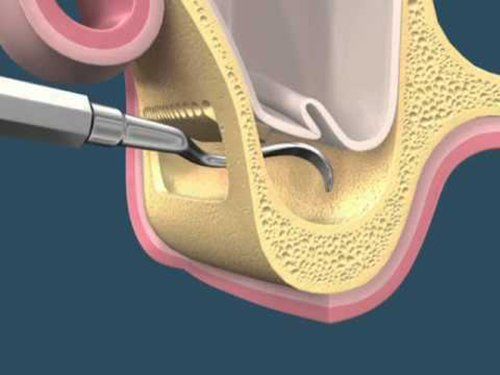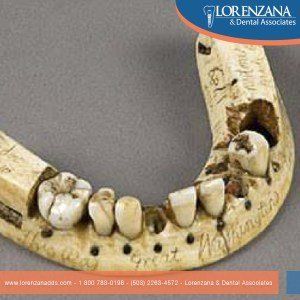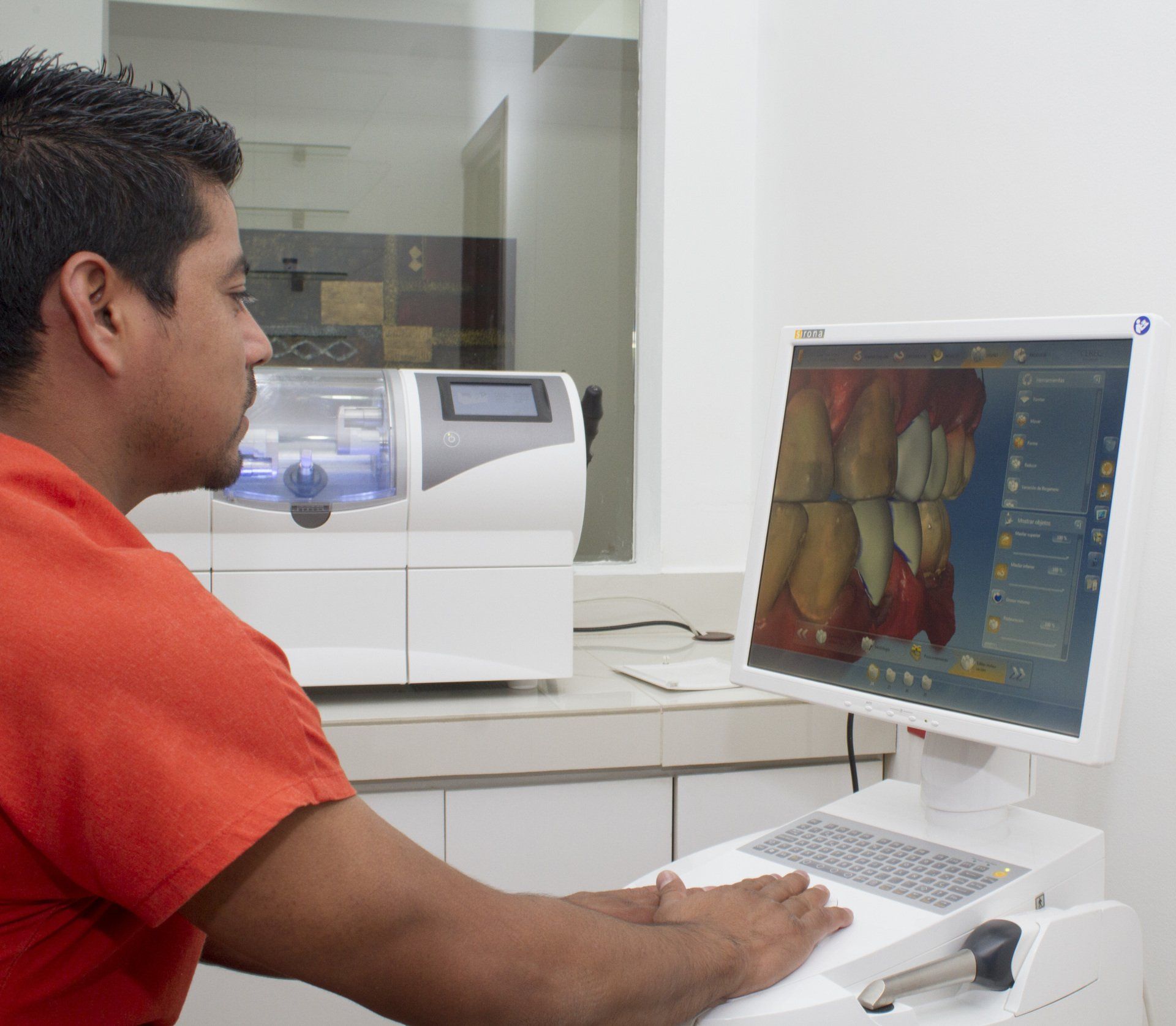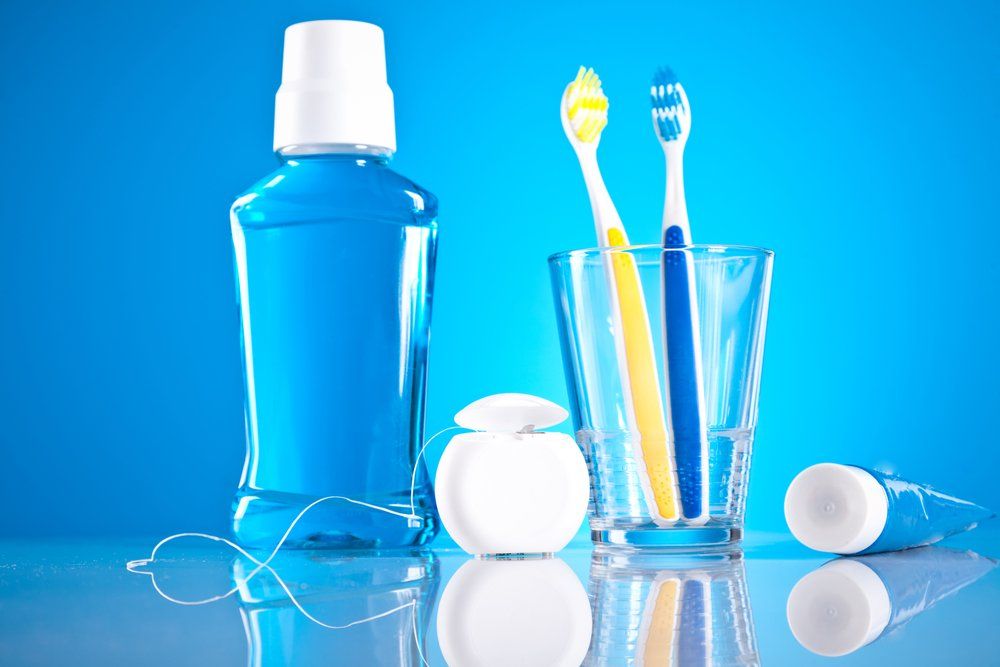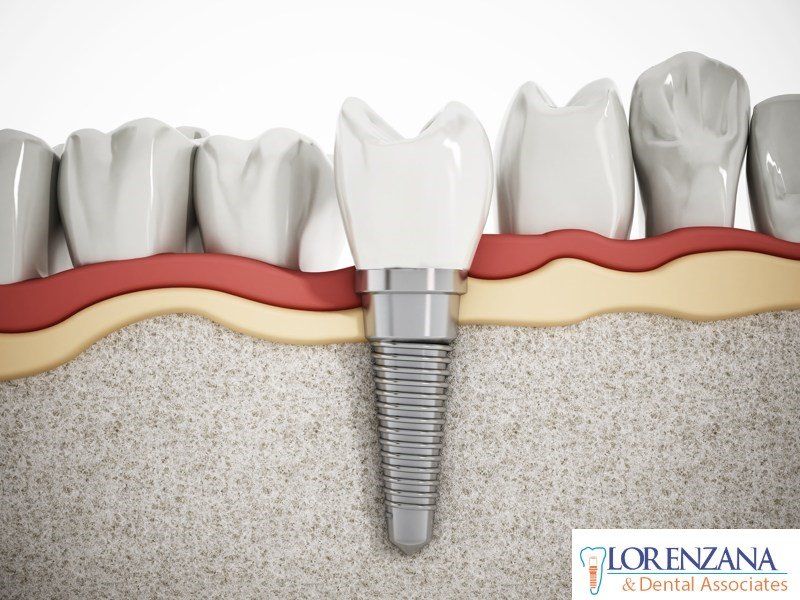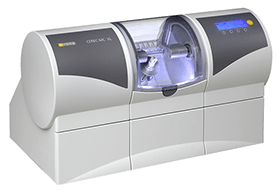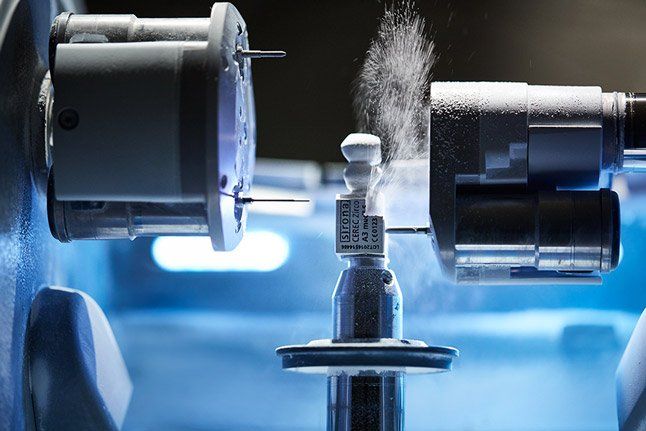Choosing an Implant Course
With so many dentists becoming involved in implant dentistry (over 1700 members in the ADI alone), the emphasis must now shift to look at the quality of training and education available.
The dental journals often have several advertisements for a variety of different courses, and we all receive flyers through the post from a number of commercially run events. For the inexperienced clinician, this presents a real dilemma, with very little guidance as to which type of course to choose.
In a policy statement on implant dentistry from the GDC we are reminded that “Dental professionals have an ethical responsibility to limit their scope of practice to what they are trained and competent to do. Any dental professional who carries out work for which they are not trained and competent puts their registration at risk.”
The GDC document ‘Training Standards in Implant Dentistry’ published in 2008 by the FGDP ( www.fgdp.org.uk
) has been formally acknowledged by the GDC as “the authority on training standards for this procedure” and continues that “inserting dental implants is a surgical procedure which should only be carried out by dentists with suitable training. This would normally involve a postgraduate training course in implant dentistry and an assessment of competence. Training can come from a variety of sources including university, Royal College or hospital-based programmes, as well as from courses run by commercial groups or individuals. The guidelines make clear the minimum training the GDC would expect dentists to have successfully completed before undertaking implants. In a new policy statement the GDC has confirmed that it will refer to these guidelines when assessing complaints against dentists who have allegedly practiced implant dentistry beyond their competence.”
Probably the most important aspect and certainly the first consideration must be to look at the individuals own level of ability and experience in the areas of restorative and surgical dentistry. Having identified the strengths and weaknesses, many dentists would benefit from addressing these first, before moving onto implant training. This seldom occurs, but there can be little doubt that failing to have a good level of expertise in both areas will inevitably impact on the acquisition of further knowledge and skills in implant dentistry; all too often dentists attend implant courses with little or no experience in surgery and somehow expect to be trained in both basic surgical skills and implant surgery at the same time. This is rarely successful. I hope that we might begin to see more of a move to address improving the fundamental skills, before moving forward with further training, but this relies on the course organisers taking responsibility. There is little doubt that by preparing in this way, substantially more benefit will be gained from any further training course.
Implant dentistry is unavoidably linked with the implant industry due to the individual design features and subtle differences between different systems. Fortunately the main companies involved generally take their responsibility for basic system training seriously, with courses teaching the 'nuts and bolts' on offer throughout the year. The question is 'do they alone offer appropriate implant training?' Unfortunately at the moment, for many dentists, the answer must be 'no'; the shorter one and two-day courses can only really cover a small aspect of the subject, and to expect anything else would be wrong. For an already experienced implant clinician, such a course could be all that is required as a 'conversion' from one system to another. The majority however, would need to regard this as an introductory or foundation course, with a view to this leading on to other training. Times are changing, and we are now seeing many of the larger companies offering a range of courses in both this country and overseas. They vary from intensive 3 and 5-day events to more prolonged courses running often for one day a month over a year or more. The extended time period certainly gives a better opportunity to gain from the expertise of the tutors, and to address the deficiencies in the individuals own knowledge and the general format is probably the more appropriate for basic training in implant dentistry. A number of these courses are also linked to some form of clinical mentor-led training’ providing more of a comprehensive experience and more chance of gaining the range of skills necessary to enable the practice of implant dentistry.
Source : http://www.adi.org.uk/profession/courses/president.htm
Eligiendo un Curso de Implantes apropiado.
Con tantos dentistas que se están involucrando en la implantología dental (más de 1700 miembros, sólo en el ADI), el énfasis debe recaer ahora en mirar la calidad de la formación y la educación disponible. Las revistas de odontología a menudo tienen varios anuncios para una variedad de diferentes cursos, y todos reciben folletos a través del poste de una serie de eventos organizados comercialmente. Para el clínico inexperto, esto presenta un dilema real, con muy poca orientación en cuanto a qué tipo de curso a elegir.En una declaración política sobre la implantología de la GDC nos recuerda que "los profesionales dentales tienen una responsabilidad ética para limitar su ámbito de acción a lo que están capacitados y competentes para hacerlo. Cualquier profesional de la odontología que se lleva a cabo trabajos para los que no están capacitados y competentes pone su inscripción en riesgo ". El documento GDC 'Normas de Formación en Implantología ", publicado en 2008 por el FGDP ( www.fgdp.org.uk
) ha sido reconocido formalmente por el GDC como" la autoridad sobre normas de formación para este procedimiento "y continúa que" la inserción de los implantes dentales es un procedimiento quirúrgico que sólo debe ser llevada a cabo por los dentistas con formación adecuada. Esto normalmente incluye un curso de formación de postgrado en implantología y una evaluación de la competencia. La formación puede venir de una variedad de fuentes, incluyendo la universidad, universidad real o programas basados en el hospital, así como de los cursos organizados por grupos comerciales o particulares. Las directrices dejan claro la formación mínima del GDC esperaría dentistas que han completado con éxito antes de emprender implantes. En una nueva declaración de política de la GDC ha confirmado que se hará referencia a estas directrices al evaluar las quejas contra los dentistas que supuestamente han practicado la odontología de implantes más allá de su competencia ". Probablemente el aspecto más importante y sin duda la primera consideración debe ser la de mirar el propio nivel de individuos de la capacidad y experiencia en las áreas de la odontología restauradora y quirúrgico. Una vez identificados los puntos fuertes y débiles, muchos dentistas se beneficiarían de abordar estos primeros, antes de pasar a la formación del implante. Esto rara vez ocurre, pero no puede haber duda de que el no tener un buen nivel de conocimientos en ambas áreas tendrán un impacto inevitable en la adquisición de los nuevos conocimientos y habilidades en la implantología dental; con demasiada frecuencia los dentistas asisten a cursos de implantes con poca o ninguna experiencia en la cirugía y de alguna manera esperan recibir capacitación en habilidades quirúrgicas básicas y cirugía de implantes al mismo tiempo. Esto rara vez tiene éxito. Espero que podamos comenzar a ver más de un movimiento para hacer frente a la mejora de las habilidades fundamentales, antes de seguir adelante con la formación continua, pero esto se basa en los organizadores del curso que toman responsabilidad. No hay duda de que mediante la preparación de esta manera, sustancialmente más beneficio se puede obtener de cualquier curso de formación adicional. La implantología dental es inevitablemente ligada a la industria de los implantes debido a las características de diseño individuales y las diferencias sutiles entre los diferentes sistemas. Afortunadamente las principales empresas involucradas generalmente toman su responsabilidad en la formación básica del sistema en serio, con cursos que enseñan las "tuercas y tornillos" que se ofrecen durante todo el año. La pregunta es '¿verdad solo ofrecen formación adecuada del implante? Desafortunadamente en este momento, para muchos dentistas, la respuesta debe ser "no"; los cursos más cortos de uno y dos días sólo pueden cubrir realmente un pequeño aspecto del tema, y para esperar otra cosa sería un error. Para un médico implante ya experimentado, un curso de este tipo podría ser todo lo que se requiere como una "conversión" de un sistema a otro. La mayoría, sin embargo, tendría que considerar esto como un curso introductorio o una fundación, con el fin de que esto conduzca a otro tipo de formación. Los tiempos están cambiando, y ahora estamos viendo muchas de las grandes empresas que ofrecen una gama de cursos tanto en este país como en el extranjero. Varían de intensivos de 3 y 5 días de eventos de golf para más prolongados que se ejecutan a menudo para un día al mes durante un año o más. El período de tiempo prolongado sin duda le da una mejor oportunidad de ganar de la experiencia de los tutores, y para hacer frente a las deficiencias en el propio conocimiento y los individuos el formato general es probablemente el más adecuado para la formación básica en implantología. Varios de estos cursos también están vinculados a algún tipo de formación entre mentor y llevado clínica "proporcionar una experiencia más completa y más posibilidades de obtener el rango de las habilidades necesarias para permitir la práctica de la odontología de implantes.
Source : http://www.adi.org.uk/profession/courses/president.htm
